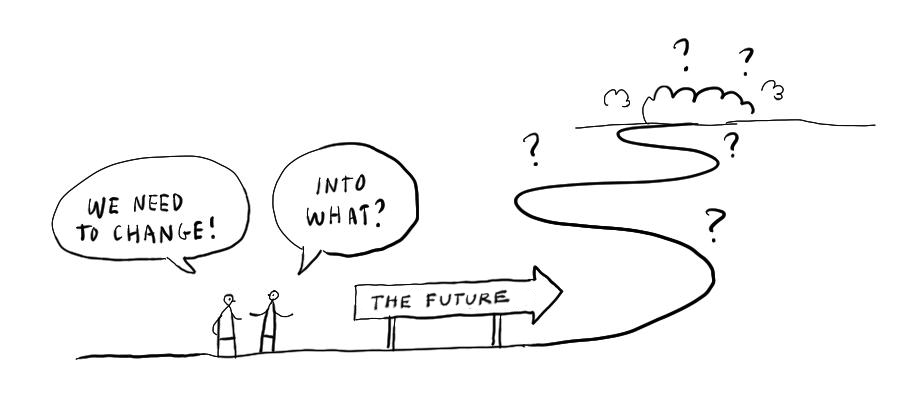The majority of change initiatives fail to achieve their goals. The primary causes given in most surveys are people issues, like resistance to change, management failures, and unclear communication. But what does this really mean? What it means is that people chose not to support the change. Leaders managed their bodies, but failed to win their hearts and minds. If people believe the basic premises behind a change, they will tend to support it. If they don’t, they won’t.
Over the years I have developed a personal change practice I call Liminal Thinking.
Liminal is Latin for threshold. Literally, a threshold is a doorway. But a threshold is also a starting point, the initial stage of a transition from one thing to another. For example, “We are on the threshold of a new beginning.”
A threshold is also a limit or boundary that marks a point of transition between one state and another. For example: Something is subliminal when it is below the boundary of consciousness. The freezing point is the boundary that marks the transition from water to ice, or vice versa.
Liminal thinking is the art of finding, creating and using boundaries to effect change. It is a way of approaching situations with the system in mind rather than individual interactions. It is a kind of mindfulness that can be applied to the social systems we live and work in.
Here’s a video where I explain a bit more about Liminal Thinking:
If you’re interested in diving deeper, you can arrange a Liminal Thinking workshop where you and your team can develop your personal change skills.

